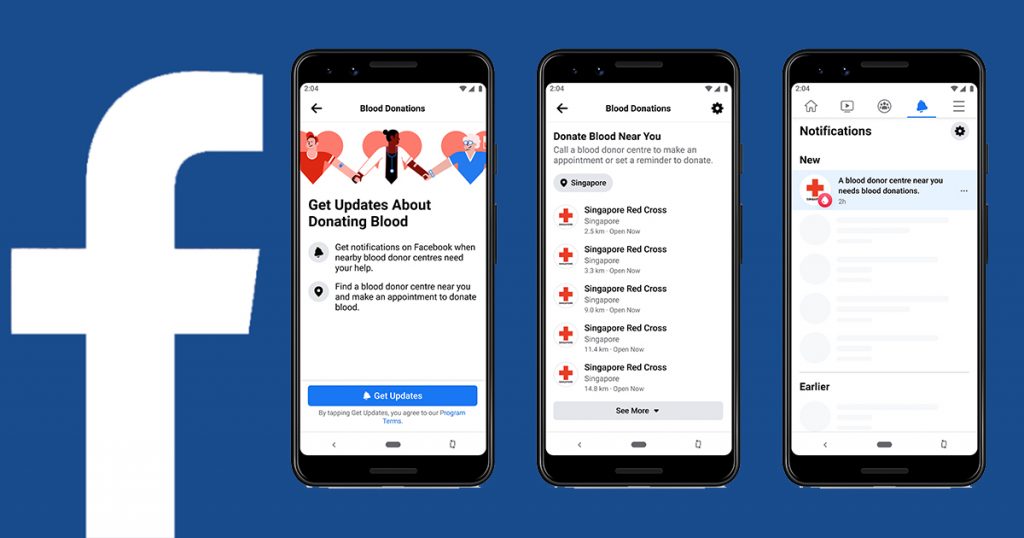Establishing a website can open up a whole new world of possibilities for you. Whether you’re an individual with a passion you would like to share with the rest of the world, or a company with a product that will change the way consumers live their lives, building and operating a website is one of the most effective ways to reach a huge audience. About half of all of humanity, or 4.6 billion people, access the web every day, after all.
Of course, in order to engage with all these users, simply building your site is not enough. You have to make sure it works well and provides a satisfactory experience for your visitors. This is the first way that website performance is assessed: how well it performs and how good the experience of using it is, for the typical user. These are often expressed as metrics, and are collectively referred to as User Experience (UX) Performance metrics.
Naturally, a positive user experience encourages more people to visit a site, organically feeding into the second way to assess website performance: search engine performance, sometimes called search engine results page (SERP) performance. These are the metrics SEO experts Singapore companies trust often refer to and improve, to get their clients’ websites to perform better on frequently used search engines.
Here are some of the most frequently used metrics, both from the UX perspective and from the search engine performance perspective.
UX Performance Metrics
These are common metrics that indicate how good or bad a user’s experience is likely to be when visiting a given website.
- Page Speed – Naturally, users would want the sites they visit to load quickly, so page speed is one of the most important UX performance metrics. Determining how quickly a webpage loads for a user will go a long way toward encouraging users to stay and continue to use the site once it’s loaded. Conversely, long loading times and sluggish website performance will usually result in visitors simply closing their browser tab and opening up a new one, usually leading to a competitor. If you’re struggling to optimize your website’s page speed, there are a multitude of online resources that can help. For example, if Bluehost is your hosting provider of choice, you can learn how to build a website on bluehost and enhance its performance through tutorials and guides tailored to their platform.
- Time to Title – Page speed can actually be broken down into more granular metrics, including this one, which measures the amount of time it takes for a website’s title to appear in the browser bar. If the title takes too long to load, this could be a sign of a malfunction or offline status of the site, and encourages users to spend their time elsewhere instead.
- Time to Interaction – While in the early days of the internet, users frequently had to wait for webpages to load completely before being able to use them, this is no longer the case. Most websites prioritise loading the most important and frequently used features of a given page, giving users access to those features first before other, less important ones. This metric measures the time it takes to load those features.
- Device Used – With the arrival of adaptive and mobile-first web design, this has become less of a concern, but unfortunately, some web designers still use templates that are not optimised for mobile users. Doing so could effectively alienate mobile users, who comprise around half of all internet users globally.
Search Engine Performance Metrics
These metrics determine how high a website appears on a typical search engine results page. The higher a site is placed on a SERP, the more likely users are to visit it.
- Organic Traffic – One of the main determining factors for a website’s SERP performance is how many people visit it. Some digital marketing experts say that this metric is the most important, and if not enough people visit the site, all the other metrics (discussed below) are largely irrelevant. To drive traffic to a site, webmasters should post new content regularly, search out opportunities to build backlinks from high DA sites, and if their marketing budget permits, purchase advertising space in popular ad networks.
- Session Time – How long users stay on a site is an indicator of how exhaustive, engaging, and informative a site’s content is, and that is what’s measured with this metric. The longer a user remains within a site’s domain, the better the site is likely to perform on SERPs.
- Bounce Rate – This is essentially the opposite of the previously mentioned metric: how often do users simply click away from your site or close the tab your site is housed in, after catching a glimpse of your content? If your users keep bouncing, your site is not likely to rank very well on a results page, but figuring out why they click away can be an arduous task. Is your content objectionable or offensive, or simply not what users are looking for? Finding the answers to these questions may require the assistance of search engine optimisation professionals.
- Number of Pages Viewed – Closely related to session time is this metric, which tracks the number of pages a user typically clicks on while visiting a certain domain. The more pages they click on, the better, as far as search engine algorithms are concerned.
It should be noted that these metrics have a symbiotic relationship and they naturally feed into and support one another. For example, successfully reducing a site’s time to interactivity will likely result in a reduced bounce rate as well, thereby improving the site’s performance on SERP. To determine how to efficiently optimise your site’s performance, contact a digital marketing professional today.













Improving a website’s performance can also save money in the long run. A fast-loading website uses fewer server resources and requires less bandwidth, which can result in lower hosting costs. Additionally, a website that loads quickly is less likely to experience downtime or other technical issues, reducing the need for costly maintenance.